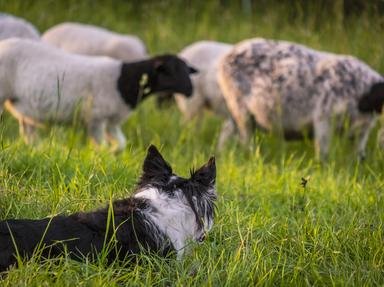Quiz Answer Key and Fun Facts
1. The Berger Picard is also known as the Picardy Shepherd.
2. What is the alternate name for the Brazilian collie?
3. Is the Australian kelpie an ancient breed?
4. Why might it be surprising that the Irish Kerry Blue should be included in this quiz?
5. Where does the Ca de Bestiar call home?
6. Which of the following is NOT a theory of how the Armant, or Egyptian sheepdog, originated?
7. From the earliest development of the breed, the Australian shepherd dog has always been a companion animal, i.e. pet.
8. For centuries, Turkey kept the Anatolian shepherd dog closely guarded as a national treasure. Today they work all around the world. What kind of work do they do?
9. In the twenty-first century, is the Central Asian Shepherd dog only bred for fighting?
10. Does Iceland have its own native breed of sheepdog?
Source: Author
Catreona
This quiz was reviewed by FunTrivia editor
rossian before going online.
Any errors found in FunTrivia content are routinely corrected through our feedback system.
